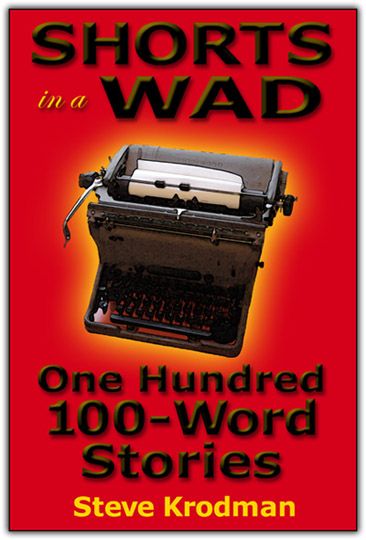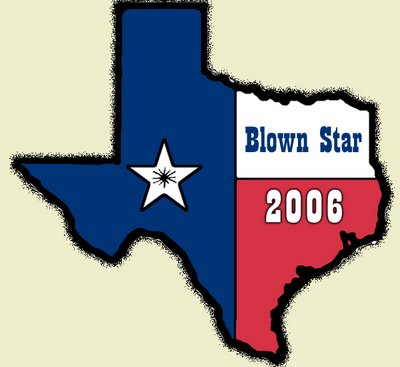When you think of pyramids, do you think of food? I don’t think so... unless it’s Pharaoh Phood. I think of dusty old mummies and the graves of ancient kings. Not a bad way to work up an appetite, eh?
Let’s face it: the Food Pyramid may have been a good idea in the beginning, but in the twenty years since its creation, our knowledge of human nutrition and its effects on health has increased tremendously.
The old Pyramid showed grains and starches at the bottom - the “base of a healthy diet,” so it was said - with fats, oils, and sweets at the apex. It was hard to tell whether a given food’s position was based on its hierarchical importance in the human diet or the recommended number of daily servings. Later, the pyramid was redesigned to have each food group represented by vertical triangles, with area proportional to the amount to be consumed. It was a step in the right direction, but there still seemed to be a disconnect between the information and the way it was presented graphically.
The USDA “Healthy Plate” graphic briefly replaced the pyramid. On the plus side, the Plate was a natural, intuitive graphic: A plate is the device upon which food is served. The Plate was divided roughly into quadrants, with vegetables, protein, fruits, and grains each occupying about a fourth of the plate. (Vegetables and grains were intentionally shown slightly larger than fruits and proteins in the graphic, indicating their relative importance in the ideal diet.) To accommodate dairy products, a side plate was added.
The only problem with the Plate is that it was created without any consideration for the political realities of modern government. Sure, we should increase our consumption of vegetables and whole grains - although I would argue that the proportion of vegetables to grains should be way higher than the current USDA recommendations would indicate - and eliminate sugary drinks. But the fact is, the USDA is currently owned lock, stock, and barrel by Big Agriculture and Big Food - the ConAgras of this world - and so the Plate could be, at best, a mere stopgap.
Enter the Rhombus o’ Nutrition!

The Rhombus o’ Nutrition includes all of the food groups that are essential to the continued health of American agribusiness: Corn and Soy.
Pretty much everything the average American eats these days is derived, in one manner or another, from corn or soybeans.
We sweeten our soft drinks - and just about everything else in the Food Store aisles - with high fructose corn syrup. We fatten our beef cattle and feed our chickens with corn. Even farmed fish is given corn to eat. And what isn’t made from corn comes from soy.
So - said the USDA - why kid ourselves? Why all the emphasis on whole grains and lean protein? Corn is a whole grain... and most of our protein originated as some sort of corn or soy product, either being converted into tasty meat by virtue of having been consumed by another animal or fed to us directly. (Tofu, anyone?) And why avoid acknowledging who really runs the USDA, an agency that, more and more, is in the pocket of the companies that it purports to regulate?
I don’t know about you, but I think the Rhombus o’ Nutrition graphic is an excellent way of communicating important information about the foods we really eat in America today. Download your copy today!




















5 comments:
Everyone knows the 4 major food groups. Pizza, Beer, Doughnuts, and Coffee.
You forgot to put bacon in there, Cappy.
So much for my idea: the Tesseract of Tastiness, in which our nutritional requirements are laid out in four-dimensional, hypercubic format. I had thought that this would be a lot easier to understand than that Pyramid, but I think the Rhombus beats both Pharaoh and Carl Sagan.
(Oh, and just so you know: the Tesseract of Tastiness would have been 90% bacon.)
Mmmmm, bacon.
Since bacon comes from pigs, and pigs in the US are fed mainly on corn, eating bacon helps fulfill your minimum dietary requirements for corn. So, yeah!
I think the USDA ought to stop pissing away taxpayer money on pyramids, plates and other nonsense. As far as I'm concerned, the USDA ought to be replaced by a Dairy Queen or something.
Post a Comment